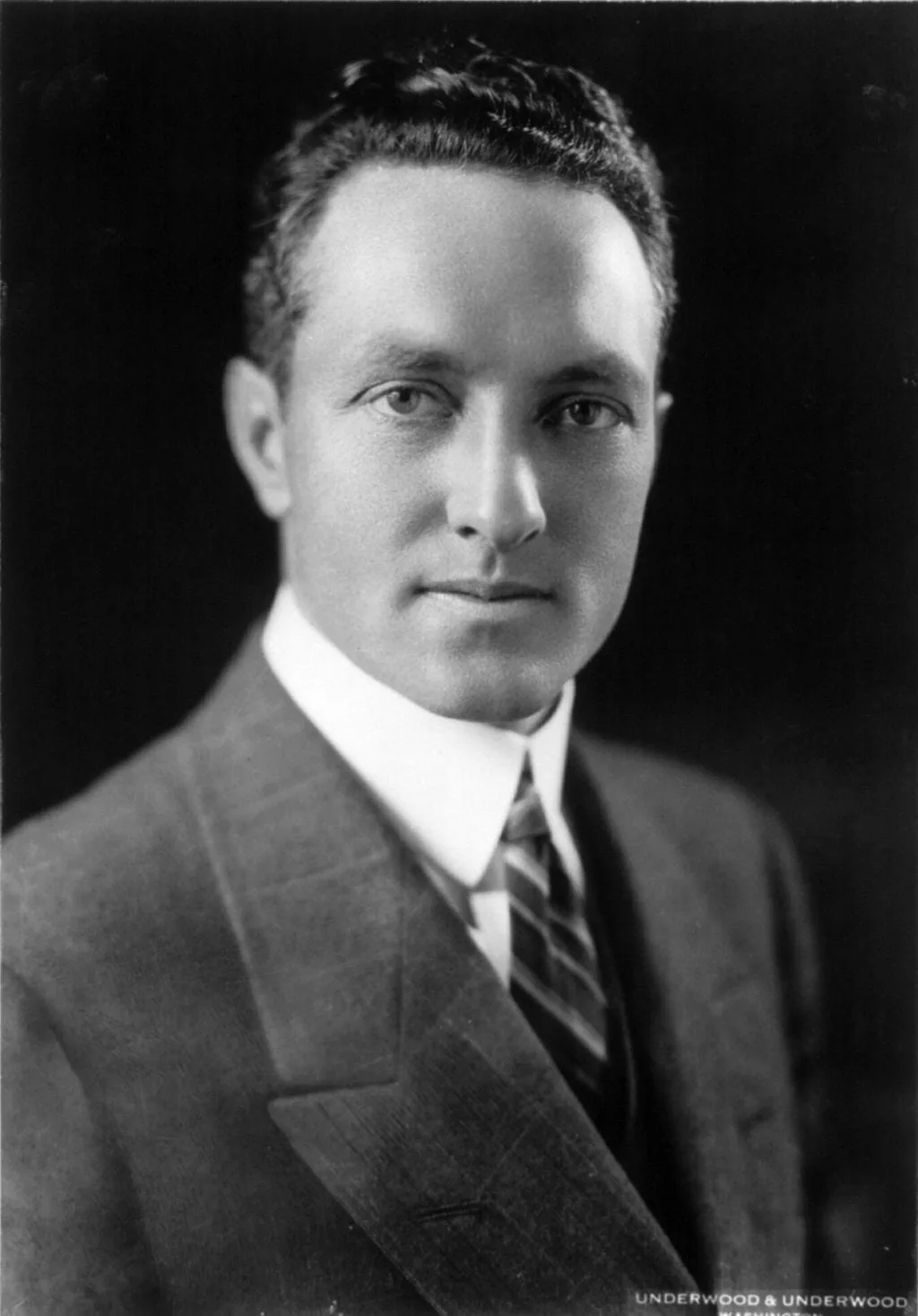
Image: United States Library of Congress’s Prints and Photographs division
Introduction
Admiral Richard Evelyn Byrd (1888-1957) was a distinguished American naval officer, aviator, and polar explorer, best known for his daring expeditions to the Antarctic. A decorated hero and recipient of the Medal of Honor, Byrd’s extensive achievements and groundbreaking discoveries have placed him in the annals of history as one of the most influential explorers of his time. This article delves into the life and expeditions of Admiral Richard E. Byrd, shedding light on his incredible contributions to the world of exploration and science.
Early Life and Naval Career
Born on October 25, 1888, in Winchester, Virginia, Richard Evelyn Byrd was the son of Richard Evelyn Byrd Sr. and Eleanor Bolling Flood Byrd. His family had a long history of military service, which undoubtedly influenced his decision to pursue a career in the United States Navy.
Byrd graduated from the United States Naval Academy in 1912, where he excelled academically and athletically. He then served on various ships and even participated in the First World War. After the war, Byrd’s fascination with aviation led him to become a pioneering naval aviator. He received flight training in Pensacola, Florida, and became a licensed pilot in 1918. This marked the beginning of his illustrious career as an aviator and explorer.
First Antarctic Expedition: 1928-1930
Admiral Byrd’s first expedition to Antarctica, known as the Byrd Antarctic Expedition or the First Byrd Expedition, commenced in 1928. This privately funded expedition aimed to explore the uncharted territories of the Antarctic continent, particularly the area south of the Atlantic Ocean. Byrd established a base camp, known as “Little America,” on the Ross Ice Shelf, where a team of scientists, engineers, and other experts gathered to conduct research.
On November 29, 1929, Byrd made history by becoming the first person to fly over the South Pole. He accomplished this monumental feat in a three-engine Ford Trimotor aircraft named the “Floyd Bennett,” in honor of his close friend and fellow aviator who had passed away. The flight over the South Pole proved to be a significant milestone in Antarctic exploration, paving the way for future aerial expeditions.
Second Antarctic Expedition: 1933-1935
Byrd’s second expedition to Antarctica, also known as the Second Byrd Expedition, began in 1933. This time, the expedition was funded by both private and government sources. The main objective of the Second Byrd Expedition was to continue exploring the continent and further expand scientific knowledge about the region.
During this expedition, Byrd and his team established a new base camp, “Little America II,” and carried out numerous scientific studies, including meteorological, geological, and biological research. Admiral Byrd also led aerial surveys, mapping vast areas of the continent and discovering new mountain ranges and valleys. These discoveries significantly expanded the world’s understanding of Antarctica’s geography.
Third Antarctic Expedition: 1939-1941
The United States Antarctic Service Expedition, or the Third Byrd Expedition, took place between 1939 and 1941. This expedition was sponsored by the United States government and aimed to further explore Antarctica and establish a permanent American presence in the region.
Under Byrd’s leadership, two bases were established during this expedition: “East Base” on Stonington Island and “West Base” in the vicinity of the previous “Little America” camps. The team conducted extensive scientific research and aerial mapping, adding to the wealth of knowledge about the Antarctic continent. However, due to the onset of World War II, the expedition was cut short and the bases were evacuated in 1941.
Fourth Antarctic Expedition: Operation Highjump (1946-1947)
Operation Highjump, led by Admiral Byrd, was a large-scale United States Navy operation that took place between 1946 and 1947. The primary objectives of this expedition were to train personnel, test equipment in the frigid polar conditions, and further explore the Antarctic region.
Over 4,700 personnel participated in Operation Highjump, making it one of the largest Antarctic expeditions to date. Thirteen ships, including an aircraft carrier, and 23 aircraft were part of the fleet. The team conducted aerial photography missions, which resulted in the mapping of approximately 1.5 million square kilometers of previously uncharted territory.
Fifth Antarctic Expedition: Operation Deep Freeze (1955-1956)
Admiral Byrd’s final Antarctic expedition, Operation Deep Freeze, took place between 1955 and 1956. This operation was a collaborative effort between the United States and several other countries, with the primary goal of establishing permanent research stations on the continent.
Admiral Byrd served as the officer in charge of the U.S. Navy’s Antarctic support activities during this expedition. The establishment of the Amundsen-Scott South Pole Station and McMurdo Station marked the beginning of a permanent American presence in Antarctica. These research stations have played a vital role in advancing scientific knowledge about the region and have facilitated numerous international collaborations.
Legacy
Admiral Richard E. Byrd’s expeditions to Antarctica have had an immeasurable impact on the field of polar exploration and scientific research. His pioneering spirit, determination, and innovative approach to exploration laid the groundwork for future generations of researchers and explorers.
Byrd’s contributions to the world of exploration and science have been widely recognized. In addition to receiving the Medal of Honor, he was awarded numerous other honors, including the Legion of Merit, the Distinguished Flying Cross, and the Navy Cross. His name has also been immortalized in the Antarctic landscape, with several geographical features bearing his name, such as the Byrd Glacier, Byrd Coast, and the Byrd Subglacial Basin.
Admiral Richard E. Byrd’s life and achievements serve as an enduring testament to human courage, determination, and the unyielding pursuit of knowledge. His expeditions have not only expanded our understanding of the Antarctic continent but also inspired countless individuals to push the boundaries of exploration and discovery.